A “Core” Part of Your Life

Why is having a strong core so important to your health? In this course, learn all about your core - what it is, why it’s important and how to train it!

It’s not just a 6-pack. Your core is ALL of the muscles that move, support and stabilize your spine. Think of your core as a protective belt around your midsection.

There are three main parts of your core. We’ll start with what everyone thinks of first - your abdominal muscles. These are made up primarily of your rectus abdominis and transverse abdominis.

Next come your obliques, which are found primarily on the sides of your body. External and internal oblique muscles and run all the way from your pelvis to your lower rib cage.

Finally comes your low and mid back area, made up of the erector spinae muscle group. These run all the way from your lower pelvis up to the base of your neck!

So now that we know where your core is and what muscles they are, let’s talk a little more about why these muscles are so important.

A strong core isn’t just for athletes (although it certainly helps). A healthy core impacts everyone in their day-to-day health.

In science-speak, your core is “the foundation of the kinetic chain responsible for facilitating the transfer of torque and momentum between the upper and lower extremities and gross motor tasks…”

For the rest of us, that means it’s the part of the body that connects your upper and lower parts, and is responsible for linking the movements of those parts in an effective and safe way.

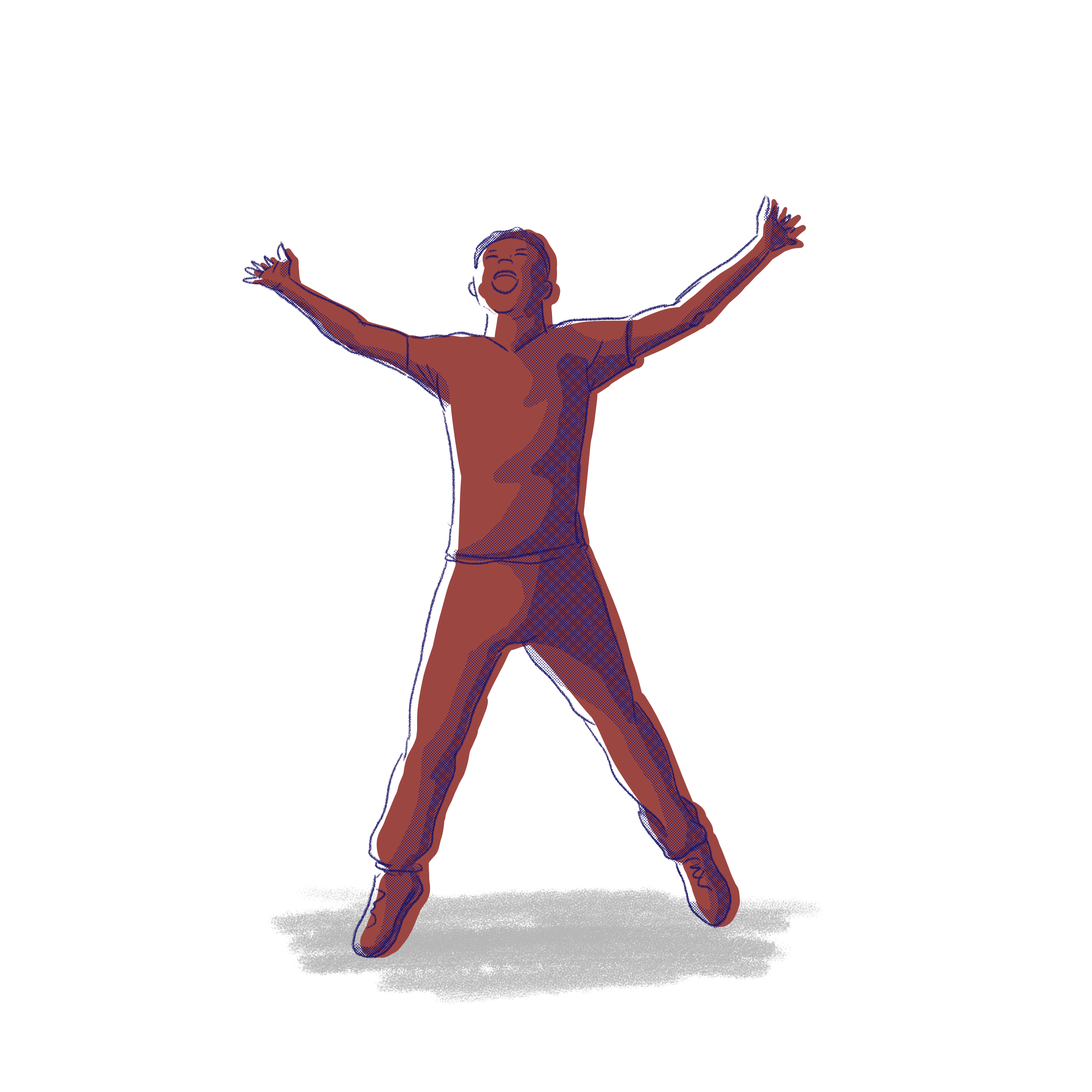
To put it even simpler - just about ANY movement of your trunk, torso and legs is impacted by your core strength, stability and flexibility.

First, let’s talk about the different way your trunk moves. Every time your body moves, there are muscles responsible for the majority of the given body movement. Those working muscles are called prime movers.

Trunk flexion and extension is when you bend over and lean back. The prime movers of this motion are your abdominals and erector spinae muscle groups, depending on the direction of motion.

Trunk lateral flexion and extension is when you bend from side-to-side. The prime movers for this movement are your oblique muscle groups.

Trunk rotation is when you twist around. This movement engages all the muscles of your core as the prime mover muscle groups.

That’s a lot of trunk movement that your core has an impact on! No wonder trunk and back injuries are so common, that’s a lot of work for your core to be responsible for.

In fact, it would only take about 20 pounds of force for your spine to buckle (collapse) if your core weren’t there to protect it. That’s well below the amount of force you put on your body in just day-to-day activities.

To help us all prevent injury and do the things we love, our core has three main functions on a regular basis - strength, stability and flexibility.

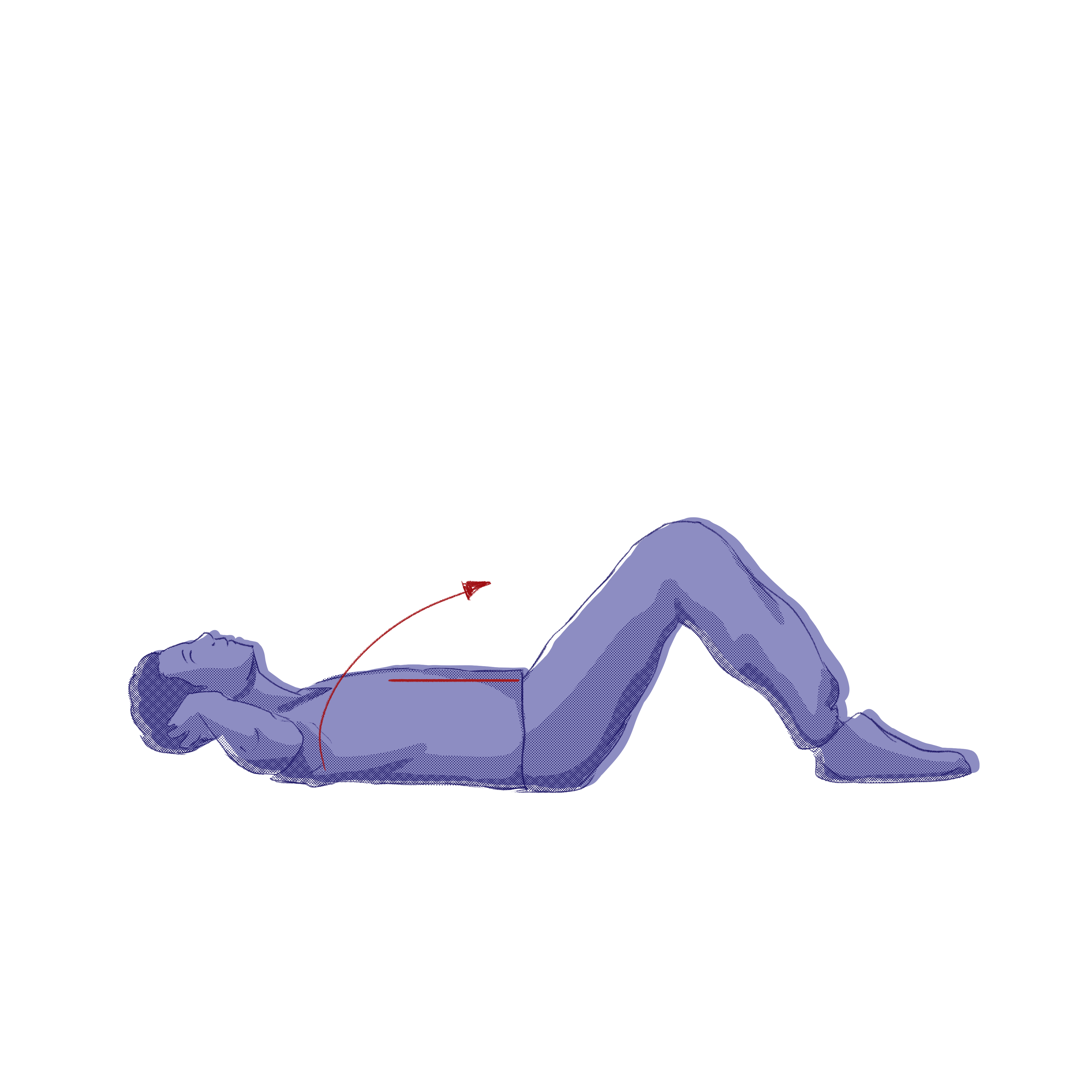
Core STRENGTH is how much force your core muscles can administer. This is typically the result of a concentric muscle contraction - where your muscle produces force while it shortens.

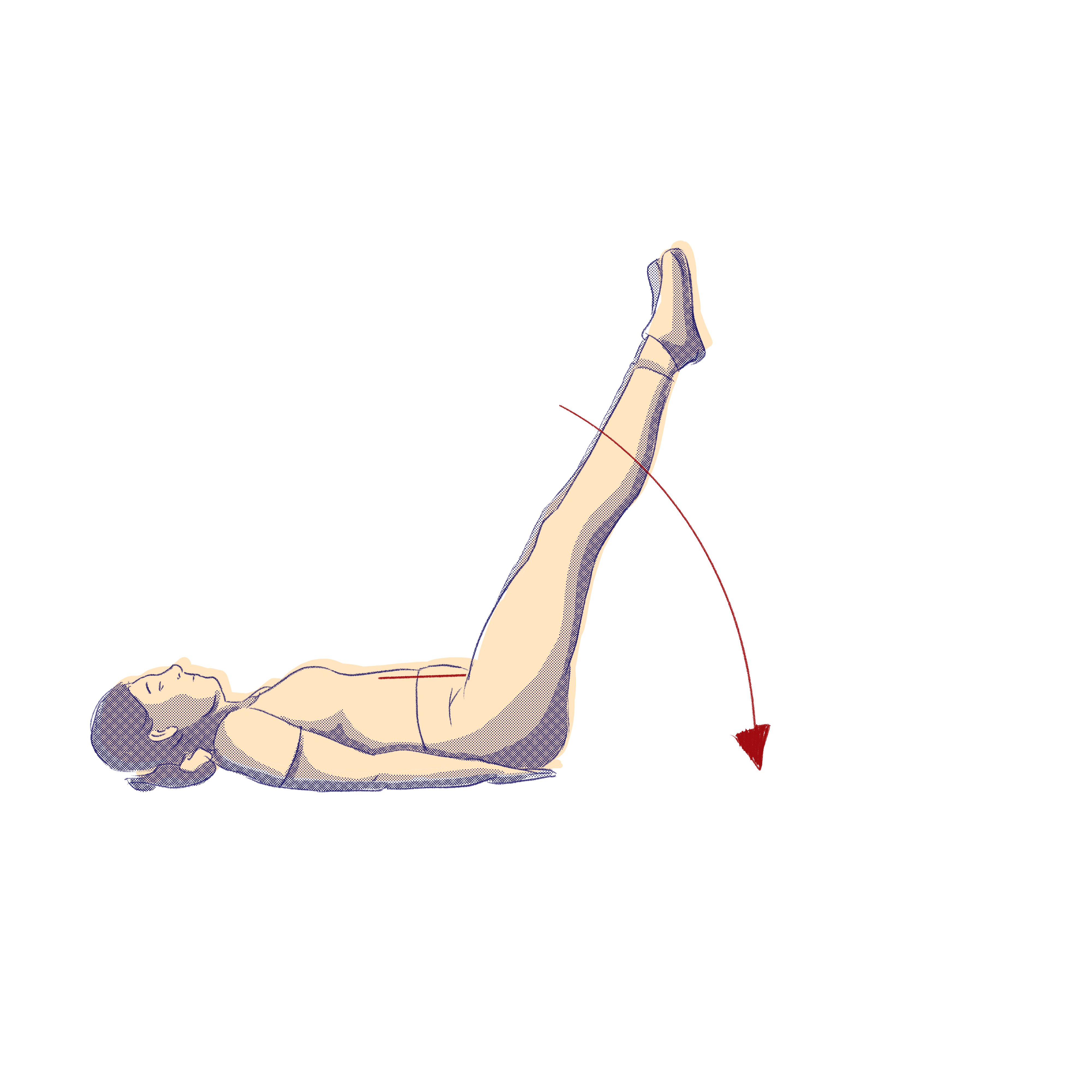
Core STABILITY is the ability of your core muscles to resist an unwanted movement. This is typically the result of an eccentric contraction - where your muscle produces force while it lengthens.

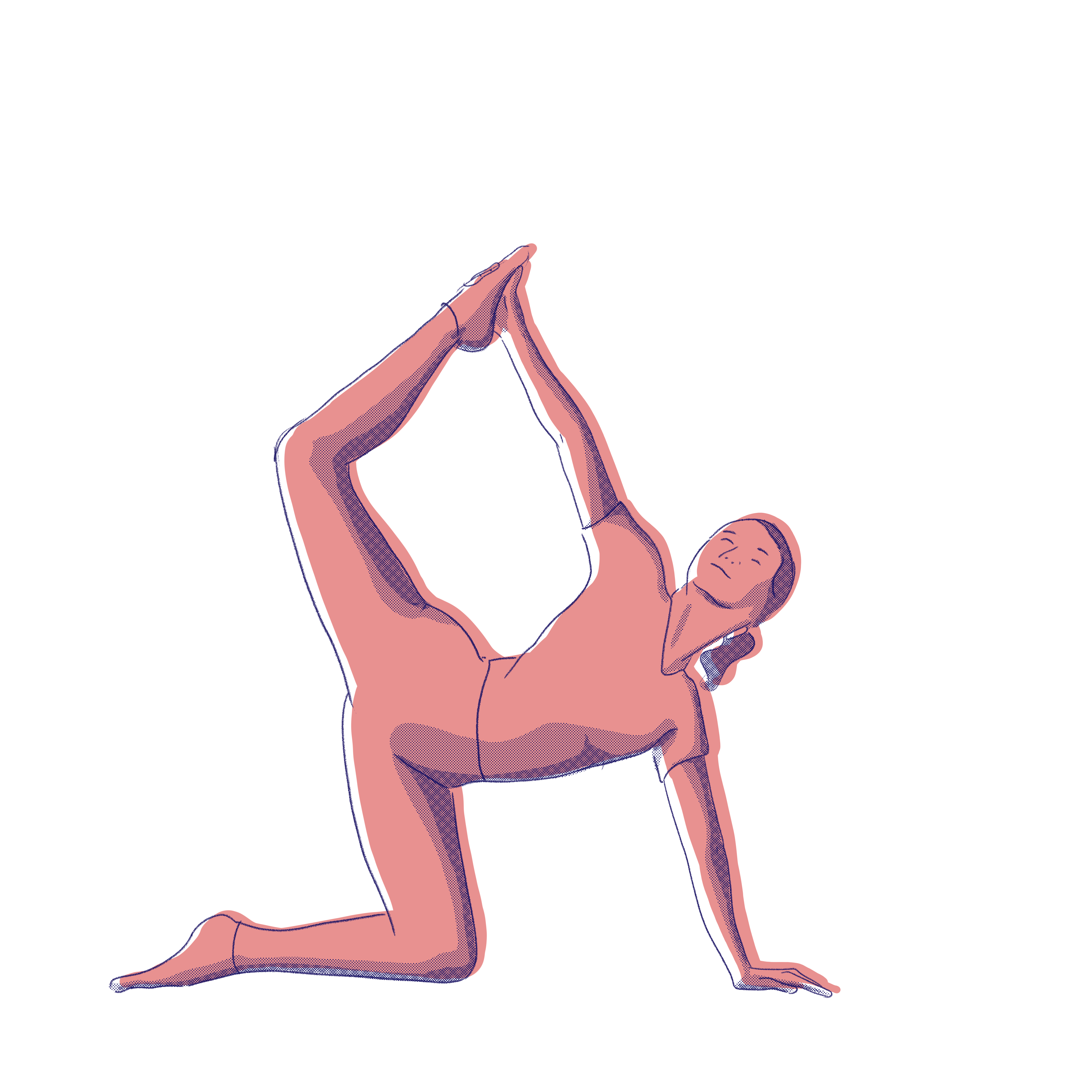
Core FLEXIBILITY is the amount of range of motion you have in your core. A greater range of motion allows your core to be strong and stable in a wider variety of positions and situations.

Your core strength, stability and flexibility are all important to having a healthy core and reducing your risk of injury in daily activities. It’s important to train all three!

Training your core regularly also helps train your body’s neural recruitment pathways - meaning that your body becomes better at using the muscle you already have, giving you more strength and stability.

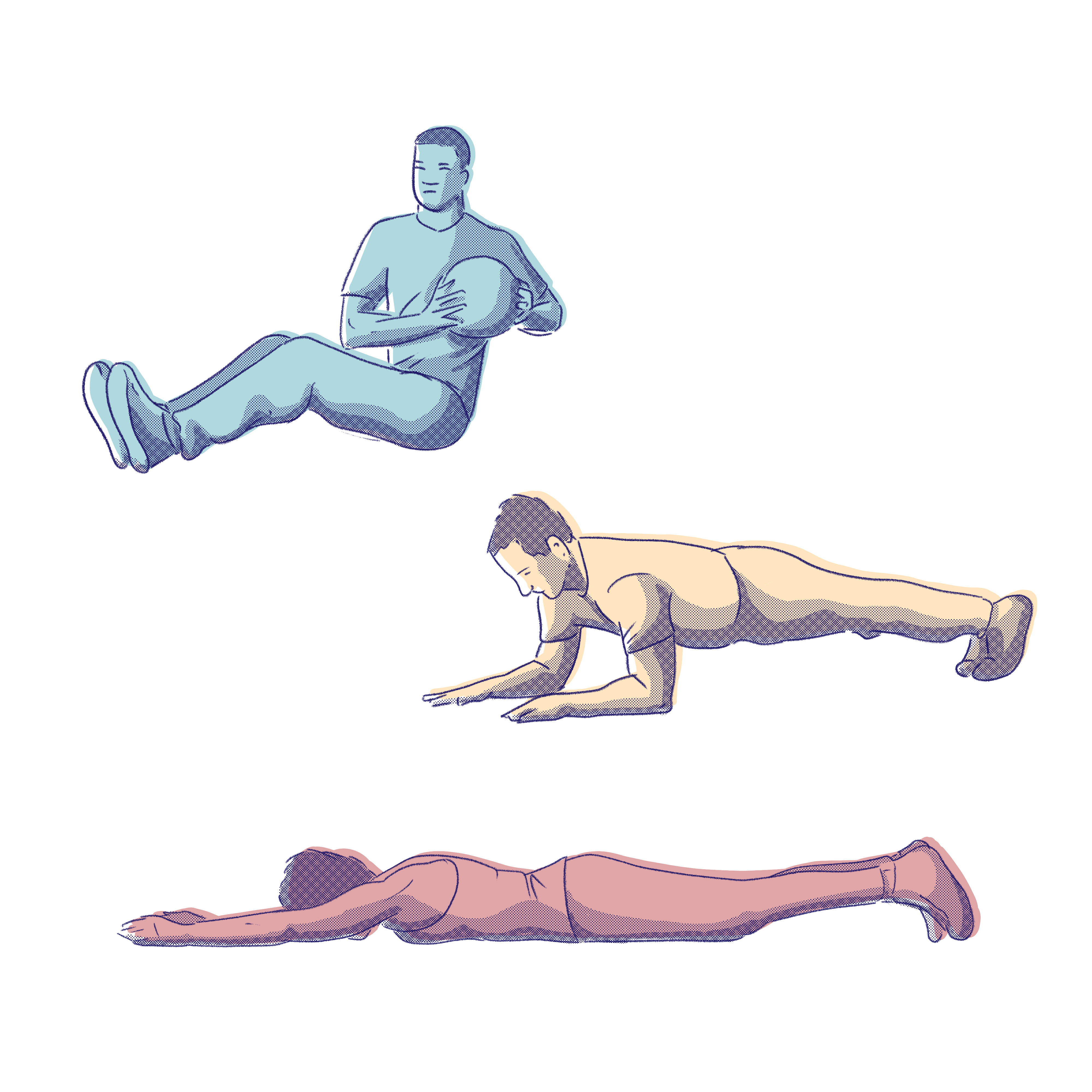
Let’s get into some exercises that you can do for your core, to increase core strength, stability and flexibility! Continue for some examples of beginner, intermediate and advanced activities.
- Side plank! Find instructions here
- Supermans! Find instructions here
- Flutter kicks/leg lifts! Find examples here
- Situps! If available, try a stability ball!
- V-ups! Find instructions here
- Hollow rocks! Try them in this 10-minute core workout
- Hanging leg lifts or lowers! Try them here
- Seated twists! Try them with a medicine ball
- Hopefully now you can see why the core is so critical to our health, and why we decided to start with this area for our strength training.
- It’s the “link” between so many other parts of what we’ll be doing in the coming months!